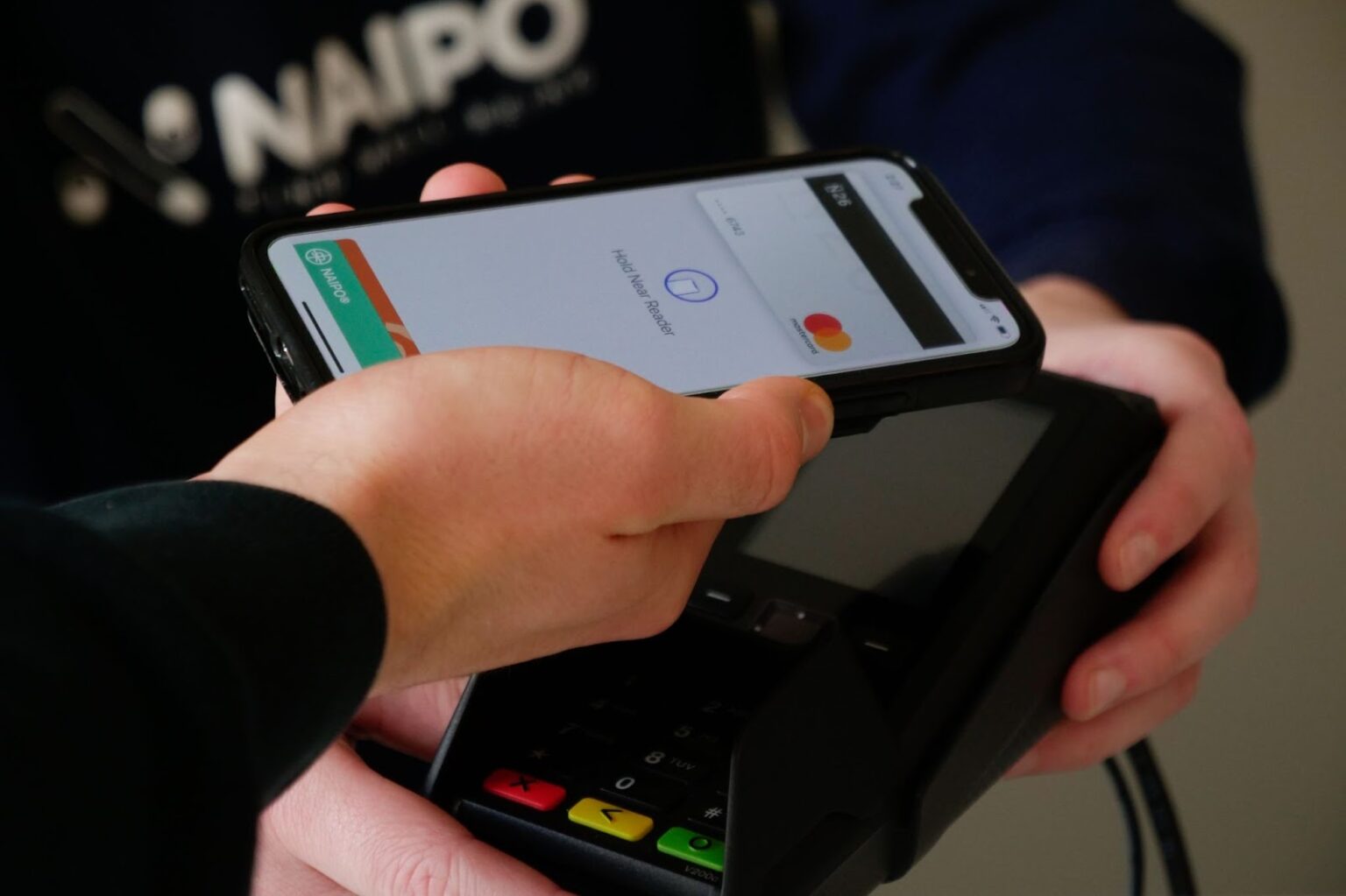
Is Apple Pay Safe?
In an increasingly digital world, mobile payment methods like Apple Pay have become popular for their convenience and efficiency. However, along with this convenience comes concerns about security. Is Apple Pay safe to use for your everyday transactions?
This article will explore the security features that make Apple Pay a secure choice. It will also provide tips for ensuring your transactions remain safe.
The Safety Of Apple Pay
1. Secure Enrollment Process
Apple Pay’s security starts with the enrollment process. To use Apple Pay, you must link your credit or debit card to the service.
During this process, your card information is encrypted and stored securely on your device, not on Apple’s servers. Dan Kettle, from tech and news outlet The Hawker Online, explains how “Even Apple does not have access to your card details, so this adds an extra layer of security”.
2. Device Authentication
Apple Pay relies on device authentication to ensure the person making the transaction is the authorized user. Your payments can only be initiated through your device, and you must use your fingerprint, Face ID, or a passcode to confirm the transaction. This feature significantly reduces the risk of unauthorized access.
3. Tokenization
One of the most critical security features of Apple Pay is tokenization. When you make a payment, Apple Pay doesn’t transmit your actual card number. Instead, it creates a one-time token, a unique and randomly generated number, for that specific transaction. This token is sent to the merchant, and it’s useless for anyone attempting to intercept or steal the information.
4. Secure Element
Apple Pay utilizes a dedicated chip known as a Secure Element, present in your device. This chip stores your card information and is isolated from the rest of the device’s operating system. It ensures that your payment details remain secure even if your device gets infected with malware.
5. Two-Factor Authentication
Apple Pay includes a two-factor authentication process. In addition to your fingerprint, Face ID, or passcode, you may need to verify your identity with a separate authentication method, like a one-time code sent to your mobile device, when setting up Apple Pay on a new device or making certain types of transactions. This adds an extra layer of security.
6. Lost or Stolen Device Protections
If your Apple Pay-enabled device is lost or stolen, your payment information remains secure. Apple provides options to remotely lock your device, suspend payments, or even erase your device’s content. You can also remove your cards from the lost device using the “Find My” app.
7. Payment Notifications
Apple Pay sends instant payment notifications to your device. This means you’ll know right away if a transaction occurs without your knowledge. If you receive a notification for an unauthorized transaction, you can take immediate action to address the issue.
8. Biometric Authentication
The use of biometric authentication, such as fingerprint recognition or Face ID, adds an extra layer of security. These methods are challenging to replicate, making it difficult for unauthorized individuals to access your payment information.
9. Continuous Updates and Patches
Apple is diligent about releasing software updates and patches to address security vulnerabilities. Tech journalist Justine Gray from Trending Impact recommends “Keeping your device and Apple Pay app up to date to ensure you have the latest security features and protections.”
10. Privacy-Oriented Company
Apple is known for its strong stance on user privacy. The company is committed to protecting your data and ensuring your privacy remains a top priority.
Additional Tips for Using Apple Pay Securely
While Apple Pay is inherently secure, you can take additional steps to use it even more safely:
- Set Up Find My iPhone: In case your device is lost or stolen, having the “Find My iPhone” feature enabled is crucial. It allows you to remotely lock your device and even erase it if necessary.
- Use Strong Authentication Methods: Whenever possible, use strong authentication methods like Face ID or a complex passcode to protect your device.
- Monitor Transactions: Regularly review your transaction history through the Wallet app or your banking app to ensure all transactions are legitimate.
- Protect Your Passcode: If you use a passcode, choose one that’s not easy to guess, and don’t share it with anyone. Keep it a secret.
- Beware of Phishing: Be cautious of phishing attempts. Don’t click on suspicious links or provide your Apple ID and payment information to unverified sources.
- Secure Wi-Fi: When making payments with Apple Pay, use a secure and trusted Wi-Fi connection. Avoid using public, unsecured networks for sensitive transactions.
The Bottom Line
Apple Pay is a secure and convenient way to make digital payments, offering a variety of advanced security features that protect your payment information. The combination of tokenization, biometric authentication, device isolation, and continuous updates makes Apple Pay a trusted and safe mobile payment method.
However, it’s essential to remain vigilant, practice good security habits, and protect your device and payment information to ensure your overall safety while using this service. With the right precautions, Apple Pay can be a safe and convenient addition to your financial toolbox.



